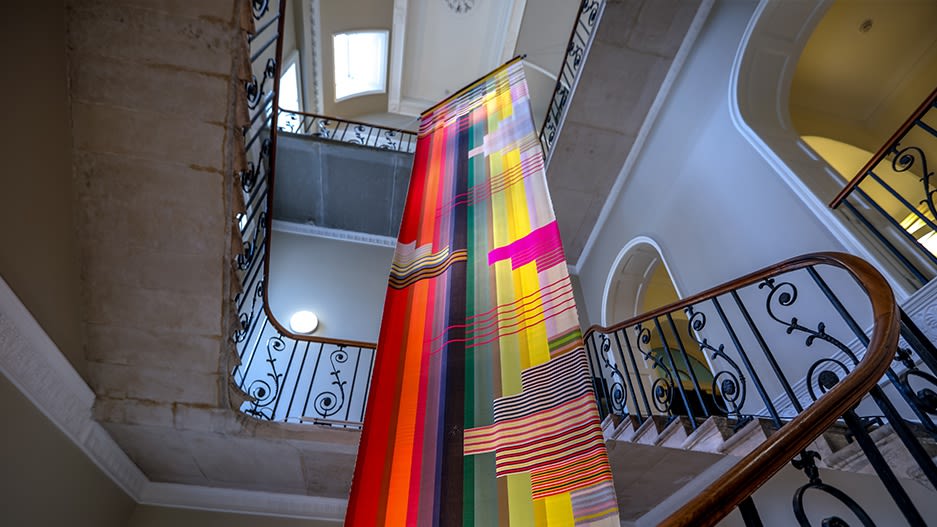- X
- Tumblr
The world’s leading international fair for contemporary craft and design returns to London’s Somerset House for its 20th edition.
This year, Collect celebrates a momentous milestone – its 20th birthday. Since 2020, it has been held in Somerset House’s well-proportioned, high-ceilinged, Neoclassical rooms, spreading out here and there into its elegant corridors and staircases. Inevitably, this landmark year is a pivotal moment to take stock of the fair’s history, prompting a multitude of questions. How has Collect evolved in the past two decades? How has craft developed during this period? And how has the demographic of visitors to Collect changed over time?
As Daniella Wells, market consultant to Collect, puts it, Collect has weathered three crises – the 2008 financial meltdown, Brexit, and the Covid-19 pandemic. She has been involved with the fair since it was established, so is eminently qualified to cast light on how the event – and the crafts scene – have changed since the Noughties.
Colour is much more widely used and appreciated, partly because collectors and buyers are more open-minded and global. Makers are also scaling up their work considerably.”
Daniella Wells, market consultant to Collect
Wells points out another difference between Collect’s early days and now: “These days, collectible craft is seen at all major art fairs, such as London’s Frieze and TEFAF in the Netherlands, where art, design and antiques co-mingle.” Related to this art-craft crossover has been the gradual collapsing of boundaries between functional and sculptural or ornamental craft. “The market has become more open, less concerned with polarising the functional and decorative,” she adds.
A welcome development of late, in evidence at Collect, is the use of riotous colour. “British studio ceramics in the UK, for example, were built on earthy tones in the Bernard Leach tradition,” says Wells. “But now colour is much more widely used and appreciated, partly because collectors and buyers are more open-minded and global.

Makers are also scaling up their work considerably, some creating installations more commonly associated with fine art.” Margo Selby, represented by London’s Cynthia Corbett Gallery, will unveil her monumental, multicoloured textile piece, Moon Landing, suspended from the ceiling above Somerset House’s ornate Stamp Stair. It’s not only extremely eye-catching but will provide a useful landmark to Collect visitors as they navigate the venue’s intriguingly labyrinthine rooms and corridors.
Collect 2024 is at Somerset House, London until 3 March 2024. DOMINIC LUTYENS


